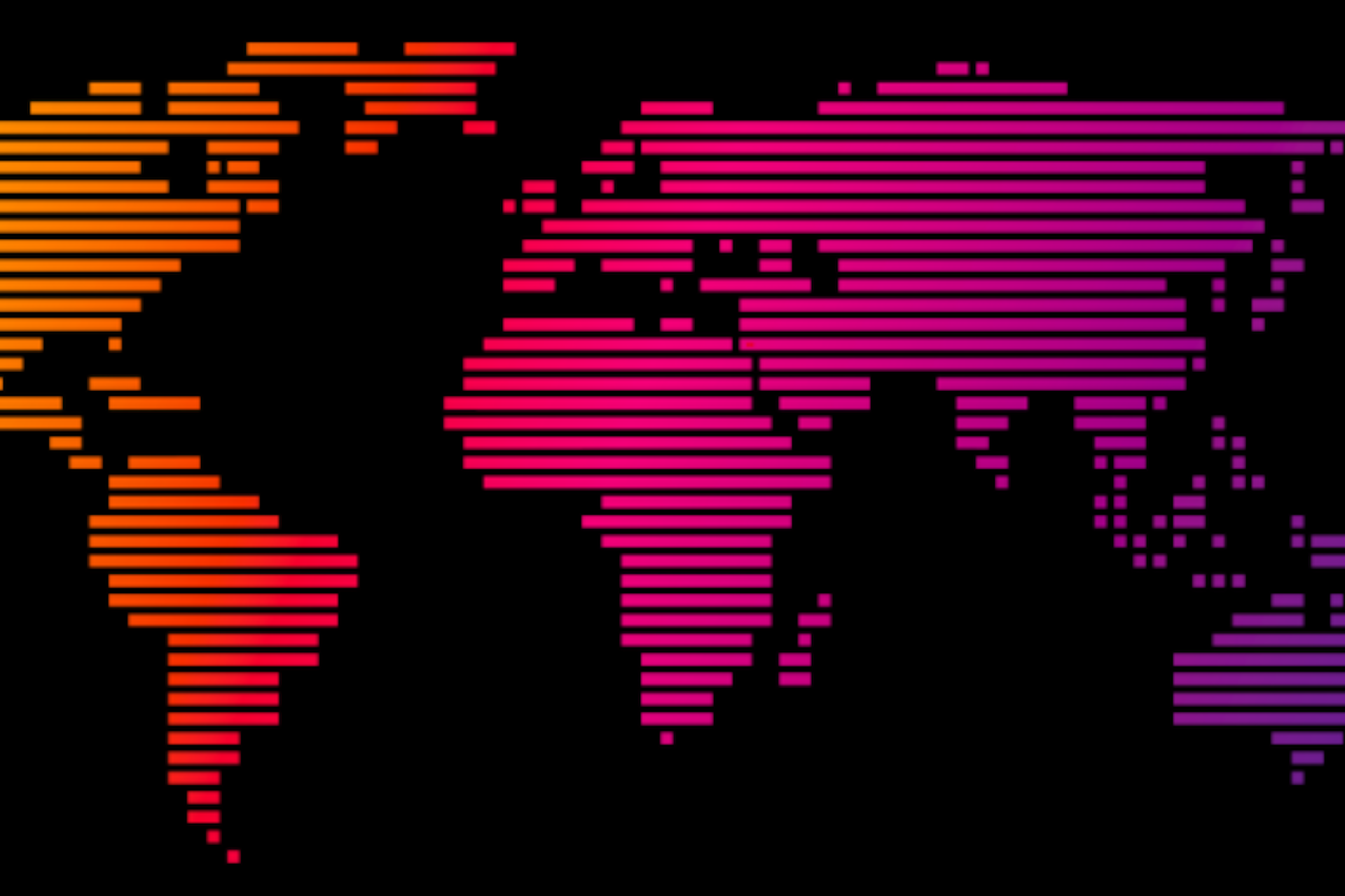You've decided to grow your brand presence—either regionally or globally. By doing so you've added two critical activities to your to-do list. First, synchronizing your messaging across across geographies. And second, tracking the impact these messages. Here we look at what it takes to create a flexible brand voice to make the former easier to manage. For a breakdown of how to extract relevant data and gain competitive intel from it, read our benchmarking tip sheet, produced in collaboration with Ragan Communications.
Defining and documenting your brand voice is an important—although sometimes difficult—step toward creating a strong brand. The idea is that without your brand’s name attached to it, your content across channels will still come across as yours to your audience.
Take that idea and apply it to global brands, with localized content teams all working with their own external resources and freelancers, and you’ve got yourself a super-sized challenge.
Luckily, there are ways to ensure your brand voice is flexible to fit within each of your markets, without sacrificing your core brand identity and values.
Global Brand Voice Challenges
Even when confined to the United States, a company would be hard-pressed to use identical language across states (or within some states) and find success. Billboards in San Francisco are splattered with colloquial lingo that would make SoCal audiences turn up their noses. And those cities are only a few hundred miles apart.
Communications become complicated on a much grander scale for global brands for a multitude of reasons:
- Cultural norms can vary greatly across the globe. Take, for example, Uber’s ‘Avions de Chasse’ (or ‘hot chick”) partnership in France, where riders could be driven by beautiful women within Lyon’s city limits. What somehow seemed like a good idea to the local team, became a crisis communications issue and was quickly axed by the U.S. marketing team.
- Words can have significantly different meanings or connotations from one region to another. This is especially important to double check if your message is being translated word-for-word by a non-native speaker. These translation blunders may make for some comedic relief for general consumers, but they’re damaging from a corporate branding standpoint.
- Symbols have different meanings across countries. When Pampers diapers were sold in Japan, the stork imagery and messaging did not resonate with Japanese moms and dads because tales of a stork delivering babies isn’t part of Japanese culture.
- Social media platforms have significantly different adoption around the world. Americans would think V Kontakte and QZone are gibberish, but they were the most popular social networks in Russia and China in January 2018. If brands only developed content with Facebook or Instagram in mind, they’d miss out on staying relevant in some international markets.
For these reasons, global brands need a flexible brand voice framework that allows regional teams to craft messages for the right platforms for their audiences.
How to Create a Flexible Brand Voice
Companies of all sizes need to document their brand voice to ensure consistency in their communications. For global brands, there are a few additional steps, but it is worth the time investment.
These three steps are the base for building your brand voice:
- Pick universal voice attributes. To do this, take a sample of your content—everything from videos to web pages, e-books to social media—and identify content that best embodies what you want your brand voice to be. Then, describe the voice that those pieces convey in three words. Think broad on this: passionate, quirky, authentic, sophisticated, authoritative, savvy, etc. Finally, build these out in a grid with a description, dos and don’ts associated with each, and you have a general framework for your universal voice attributes.
- Vet those attributes with local marketing team members on-the-ground in those areas. Check for any potential issues with your regions, and ensure you get a diversity of opinion from your regional experts. Don’t rely on just one team member to be the final approval for an entire country.
- Provide brand-approved examples of the attributes in action from the perspective of each of your different regions. With buy-in from all your regions on your attributes, create a variety of examples across formats that illustrate how your brand voice can be applied globally.
Here’s what this looks like in practice:
Coca-Cola Great Britain:
Let the Christmas countdown commence! You know what’s coming 😏 #HolidaysAreComing. Keep your eyes peeled tonight. 🎅🎄 pic.twitter.com/qejj1vPM2l
— Coca-Cola GB (@CocaCola_GB) November 10, 2018
Coca-Cola Australia:
The Coke xmas truck & @salvosau brought a magical Christmas to Tamworth early this year #ItFeelsGoodToGive pic.twitter.com/7lKwIdbpv9
— Coca-Cola Australia (@CocaColaAU) December 9, 2017
Localize for a Winning Brand Voice
As you create content in your company’s primary language, you can choose what pieces you feel are appropriate to distribute across regions. Have a brand voice document that is accessible for all content creators to easily localize your content. Depending on your internal resources, you may consider using global translation firms like WeLocalize or individual translators in your regions to give a local twist to your content.
Localization is key to keeping the balance between local relevance and a standard voice, but you must anticipate an extended timeline (and additional budget) for any content launches that require regional translations.
Ensure ongoing alignment with your hub and any local teams through regular meetings to discuss upcoming content and campaign ideas, and over time your team will grow in confidence with how to use your voice.
While the process of building a strong global brand voice is a significant initial time investment, the results are worth it. A unified global brand voice will give you greater brand recognition across all your audiences, cementing your position as a global leader.
Now that you’ve got your brand voice synched across regions and you’re ready to monitor your coverage globally and track your brand on social, learn how to gain business insights—including competitive—by reading our benchmarking tip sheet, produced in collaboration with Ragan Communications.
